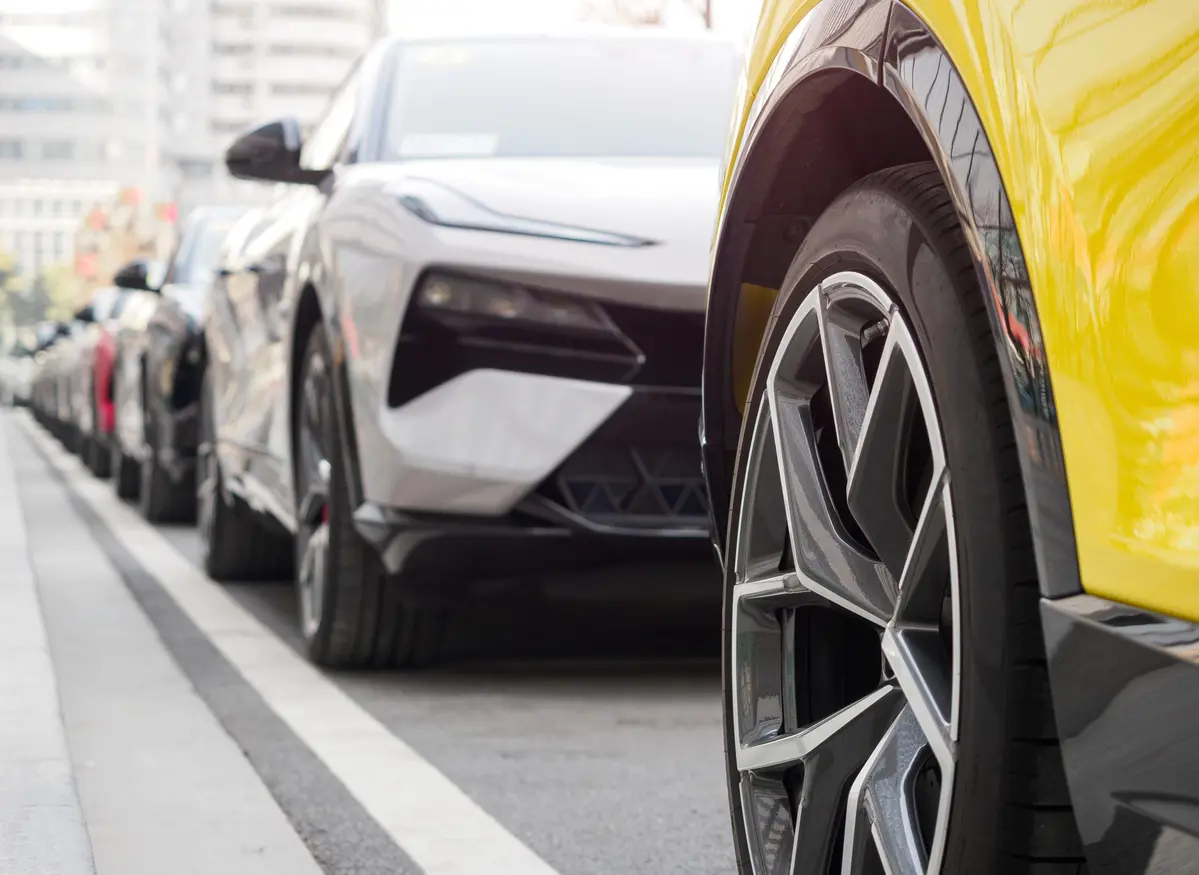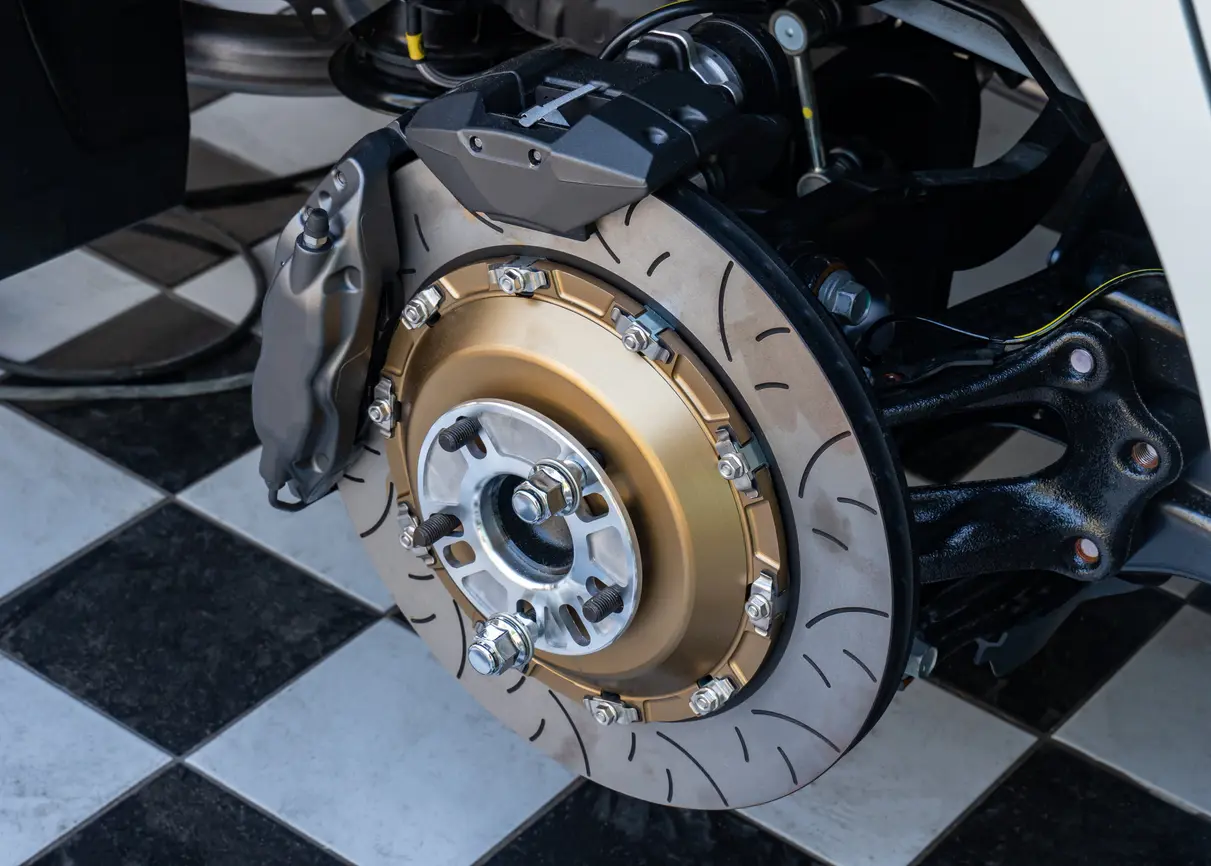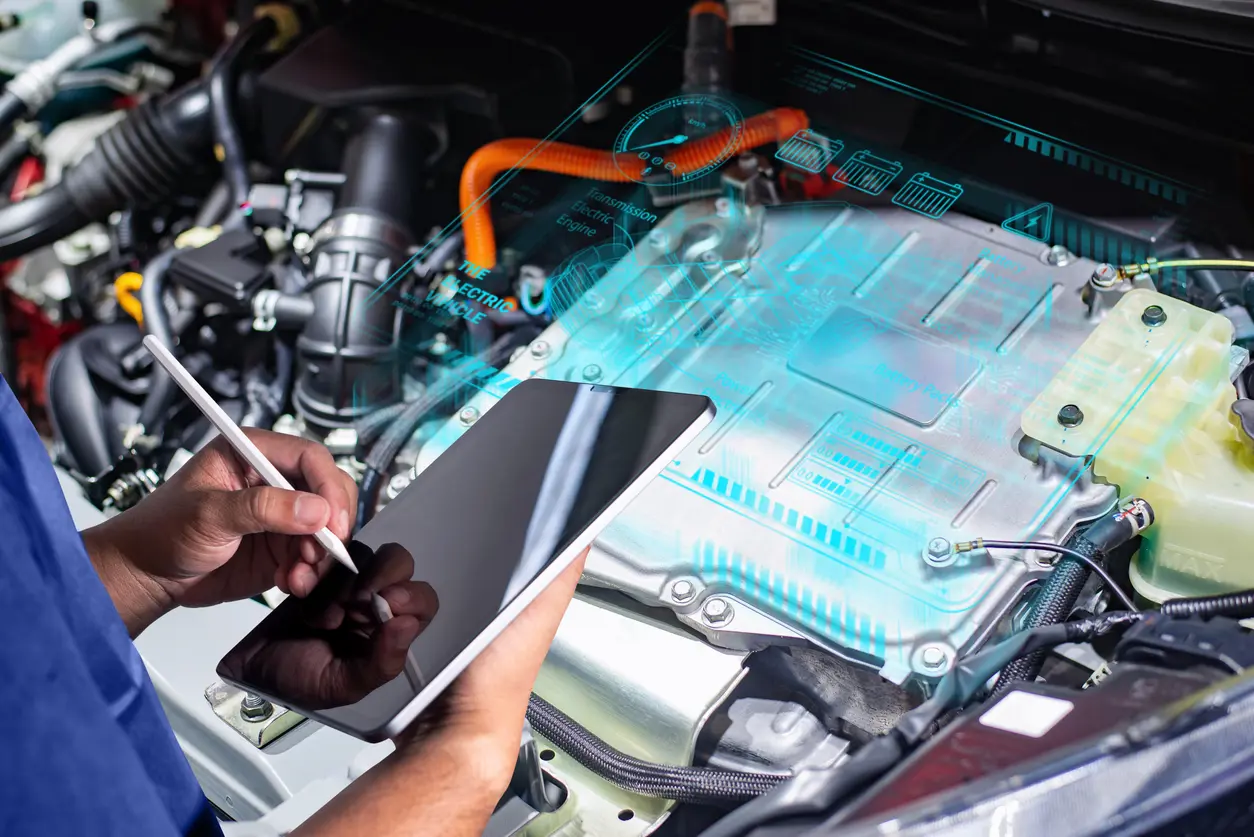What happens if your EV overheats?
As you drive, your EV’s battery generates heat, especially at high speeds and during hot weather. The battery performs its best between 15°C and 25°C. The exact temperature that causes your battery to overheat can vary, but for many EVs, this threshold is 30°C. Over 50°C, your battery is at risk of serious damage.
Most EV batteries have a cooling system to regulate temperature. Even with this technology, however, your EV can still overheat. Using too much A/C can also put a strain on your battery, further affecting your car’s performance.
Too much heat can bring down your EV’s range, extend charging times, and speed up battery degradation. To help your battery last as long as possible and to get the most out of your range, do your best to prevent it from overheating.
Best practices for protecting your EV from the heat
Follow these tips to protect your EV from getting too hot this summer.
Avoid overcharging
Keep your battery charged between 20% and 80% for optimal performance. Charging for too long can generate too much heat in the battery and cause it to lose charge faster. Fast charging can also take a toll on your vehicle, so stick to Level 1 or 2 charging when you can.
The best time to charge your car is during the night or early in the morning. If you need to charge it during the day, look for covered or underground charging stations (mobile apps can help you find these nearby).
Park in the shade
Parking your EV in the shade will help keep the battery cool so it’s in good condition when you need it next. If there’s no shade available, use reflective window covers or sunshade inserts. These will keep your cabin cooler so you won’t need to blast the A/C, helping to preserve your range.
Drive smoothly
Avoid sudden acceleration and braking in order to make use of regenerative braking, which puts less strain on your EV’s battery. That will make it easier for the battery to maintain a stable temperature. Also avoid idling for more than a couple of minutes, don’t overload your vehicle, and stay within the speed limit.
Plan your route
Plan your route ahead of time by combining multiple trips into one and take note of any charging stations you may need during a long journey. Charging can take longer in the heat, so planning these stops is a good way to manage your time and ensure you have enough charge to get to your final destination.
How to manage overheating
If you’re unable to stop your EV from overheating, you need to manage the effects immediately to prevent serious damage.
The best thing to do is to give your car a rest. Turn the vehicle off and let it sit for at least 30 minutes, ideally in the shade. If the battery warning light is still on, take your EV to a NexDrive service centre to have it assessed by an expert.
When you use your car again, follow the overheating prevention tips to give your EV the best chance of sailing through the summer.
Find a NexDrive FacilityOther Resources

Why do electric car tires wear out so fast?
EV tires experience increased tread wear because of instant torque and unsprung weight. Learn why electric vehicles lead to worn-out tires and how to extend the lifespan of EV tires with proper maintenance.

Why regenerative braking is bad for your brake pads
Regenerative braking improves energy efficiency, but can cause brake pad issues because of reduced mechanical brake use. Learn how to maintain your brake system and prevent costly repairs in this article.

Does an EV need regular general maintenance?
Although EVs require less maintenance than gas-powered vehicles, they still need regular care. Learn about battery health, brake maintenance, and more here.
